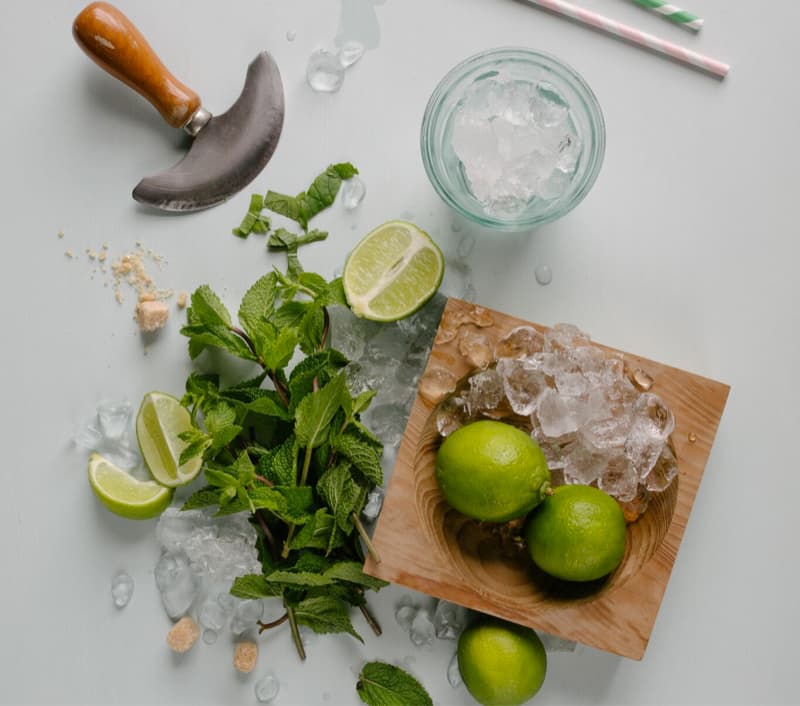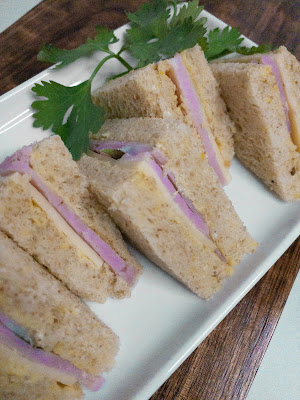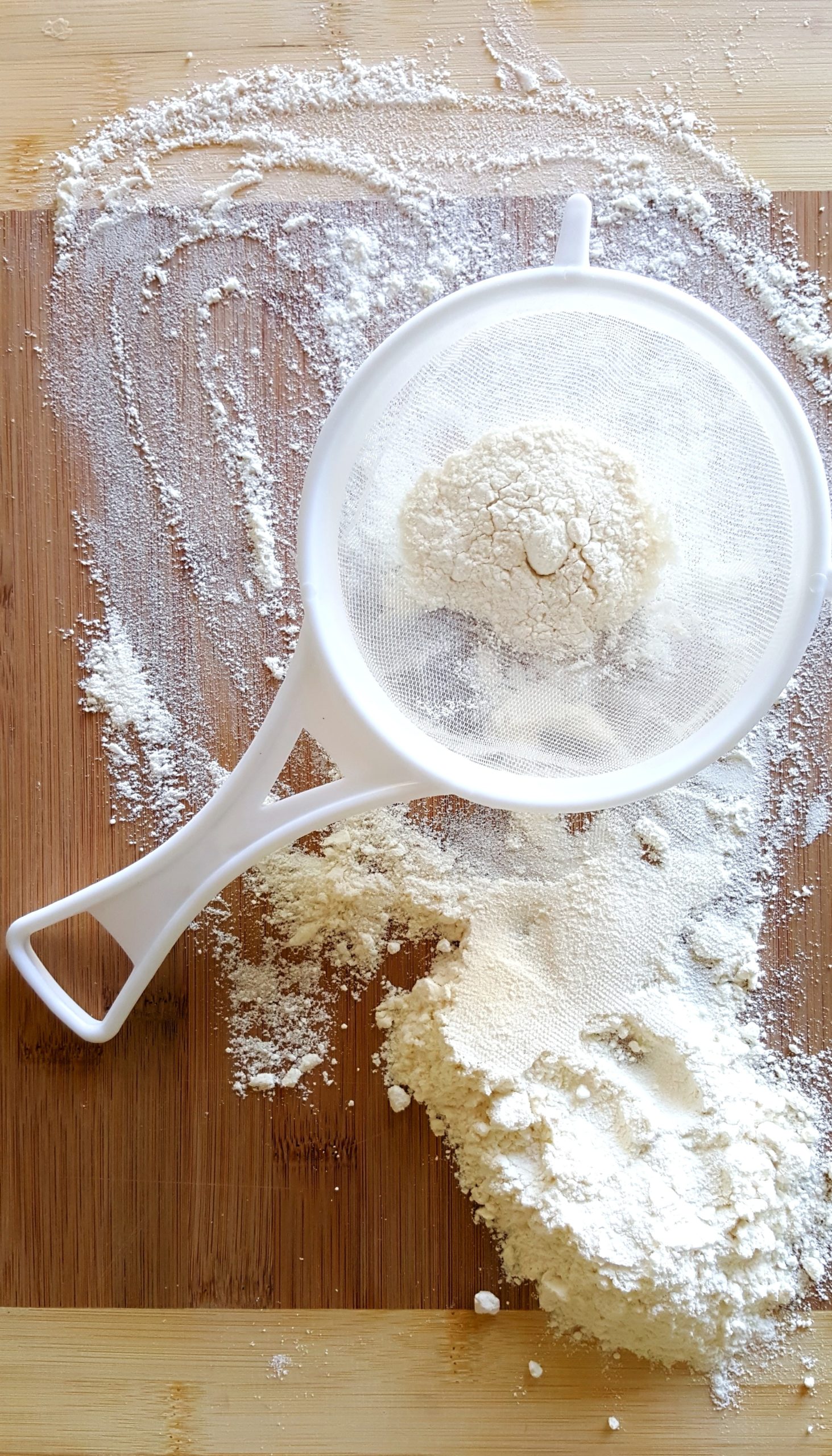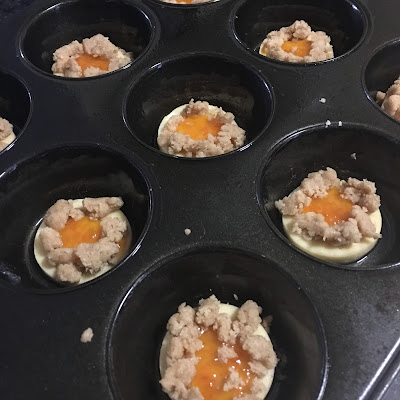TIPS AND TECHNIQUES

Here’s a small compilation of tips and techniques that I find useful:
Rolling out cookie dough in a Ziploc bag
This technique comes from Dorie Greenspan. I found lots of attributions and references on the Internet but I can’t find it on her blog. I can only assume that it’s in one (or more) of her many books. Rather than forming a cookie dough into a disk, refrigerating it, and then rolling it out to the desired thickness, using this technique you place the dough in a gallon-size Ziploc bag and roll it out while it’s still soft, making sure it gets into all the corners and is an even thickness. It’s far easier to roll out when it’s soft. Then you place the Ziploc bag on a flat surface in your refrigerator for the prescribed amount of time. When you’re ready to use it, simply cut away the bag then cut the dough into desired shapes. The trick is figuring out just how much dough you need in a bag.

Keeping tea sandwiches fresh
One fantastic tip I learned from Ina Garten is how to make sandwiches the night before and still keep the bread soft and the sandwiches fresh. After assembling the sandwiches she places them on a sheet pan and covers them with a barely damp paper towel. After that she completely seals the sheet pan in plastic wrap. It works every time and I use it when making my tea sandwiches.


Self-raising (British) vs. self-rising (American) flour
Courtesy of Deliberate Fare
Being an Anglophile I often see recipes requiring self-raising flour. I knew the difference was more than just in spelling. Thanks to Deliberate Fare I found the answer and can stop avoiding baking recipes requiring this ingredient.
Self-Raising Flour (British)
1 cup all-purpose flour
2 teaspoons baking powder
Self-Rising Flour (American)
1 cup all-purpose flour
1½ teaspoons baking powder
½ teaspoon salt
How much salt to add to unsalted butter
What do you do if a recipe specifically calls for salted butter and you only have unsalted butter? Or if you’re using an older recipe, like these Scotch Shortbread, where salted butter was more common? While each brand has a different salt content, the general consensus is to add ¼ teaspoon for every 4 ounces (½ cup or 1 stick) of unsalted butter.


